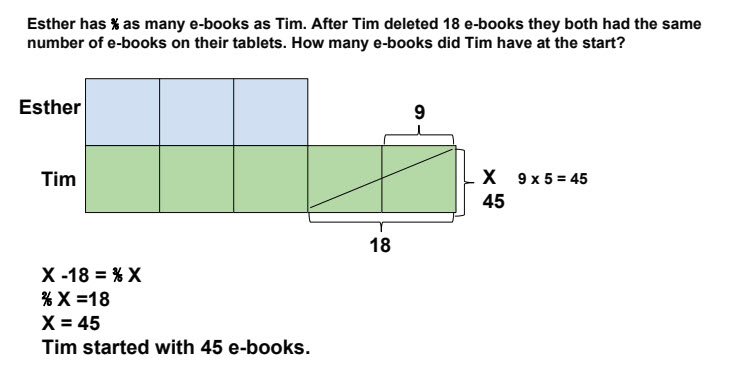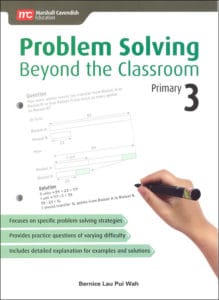 This month’s Word Problem Wednesday problem comes from Primary Mathematics Challenging Word Problems 3.
This month’s Word Problem Wednesday problem comes from Primary Mathematics Challenging Word Problems 3.
Jason and Louis picked up a total of 30 cans. For every 2 cans that Jason picked up, Louis picked up 3 cans. How many cans did each boy pick up?
Submit your solutions by the end of the month!
Last month’s problem was from Dimensions Math 6A:
Here’s a solution from Reader Shirley Davis:
How did you do?



























